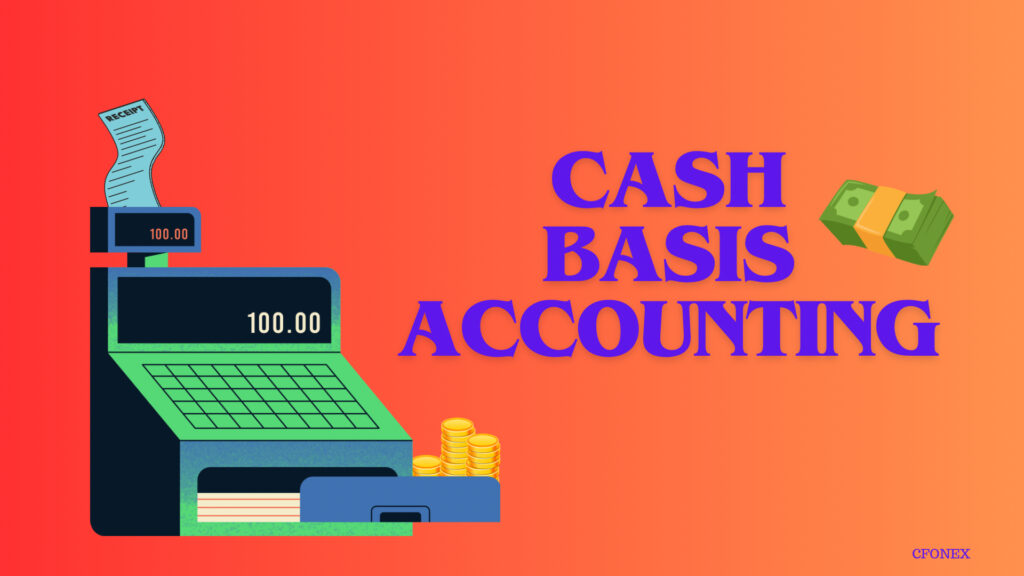Cash basis accounting is used by businesses to record revenue when cash actually received and expenses when payment is issued.
Definition, Usage, Examples, Advantages, Disadvantages

Cash Basis Accounting Definition
Cash basis accounting records income and expenses as they are received and paid (when the money trades hands). Sale is recorded when the payment is received and an expense is recorded only when a bill is paid in cash accounting, so basically, transactions are recorded when cash is spent or received.
Who Uses Cash Basis Accounting?
Sole proprietorships, independent contractors, and small businesses use the cash basis accounting as a method to record revenue and expenses when they are received or paid because of simplicity.
The simplicity of this method reduces the costs associated with bookkeeping and accounting. Cash basis accounting is similar to maintaining a checkbook. A notebook or a spreadsheet is sufficient to keep track cash inflow and cash outflow.
Cash basis accounting is an easy method to use and track for businesses and individuals where:
- There is no inventory involved.
- Revenue or gross receipts do not exceed IRS requirements.
- Business do not sell on credit (payment must be made by any form of cash).
When Cash Basis Accounting Can Not Be Used?
Cash basis accounting cannot be used in the following scenarios:
- Selling products or services on credit
- Revenue or gross receipts exceeds the IRS requirements
- Produce, sell, or purchase inventory
- Any company following generally accepted accounting principles (GAAP), need to use accrual basis accounting instead
- Any company seeking outside funding then they should use accrual basis accounting
Advantages of Using Cash Basis Accounting
The cash basis accounting has the following advantages:
- Easy to use and set up since it does not require as much bookkeeping as accrual accounting
- Less expensive than accrual accounting
- Gives clear picture of actual cash on hand
Cash Basis Journal Entry
Under the cash basis method of accounting, a journal entry is made when a cash is received or when an expense is paid only.
For example, On May 25 20XX, XYZ Company purchases a product from a supplier for $2,500 on a 30-day credit terms.
On May 25 no entry is required at the date of purchase since cash is not paid. So, on June 24, XYZ Company makes an entry to record the payment of cash, so the journal entry to record is as follows:

Cash Basis Income Statement
A company’s income statement only records its cash receipts and payments under the cash basis accounting method. So basically, an income statement shows cash receipts and cash payments during the period and it will appear as follows:

Cash Basis Accounting Conclusion
The most important factor in deciding whether to use cash basis accounting or not depends on if it is a good fit for the company and it’s future outlook.
Leave a Reply